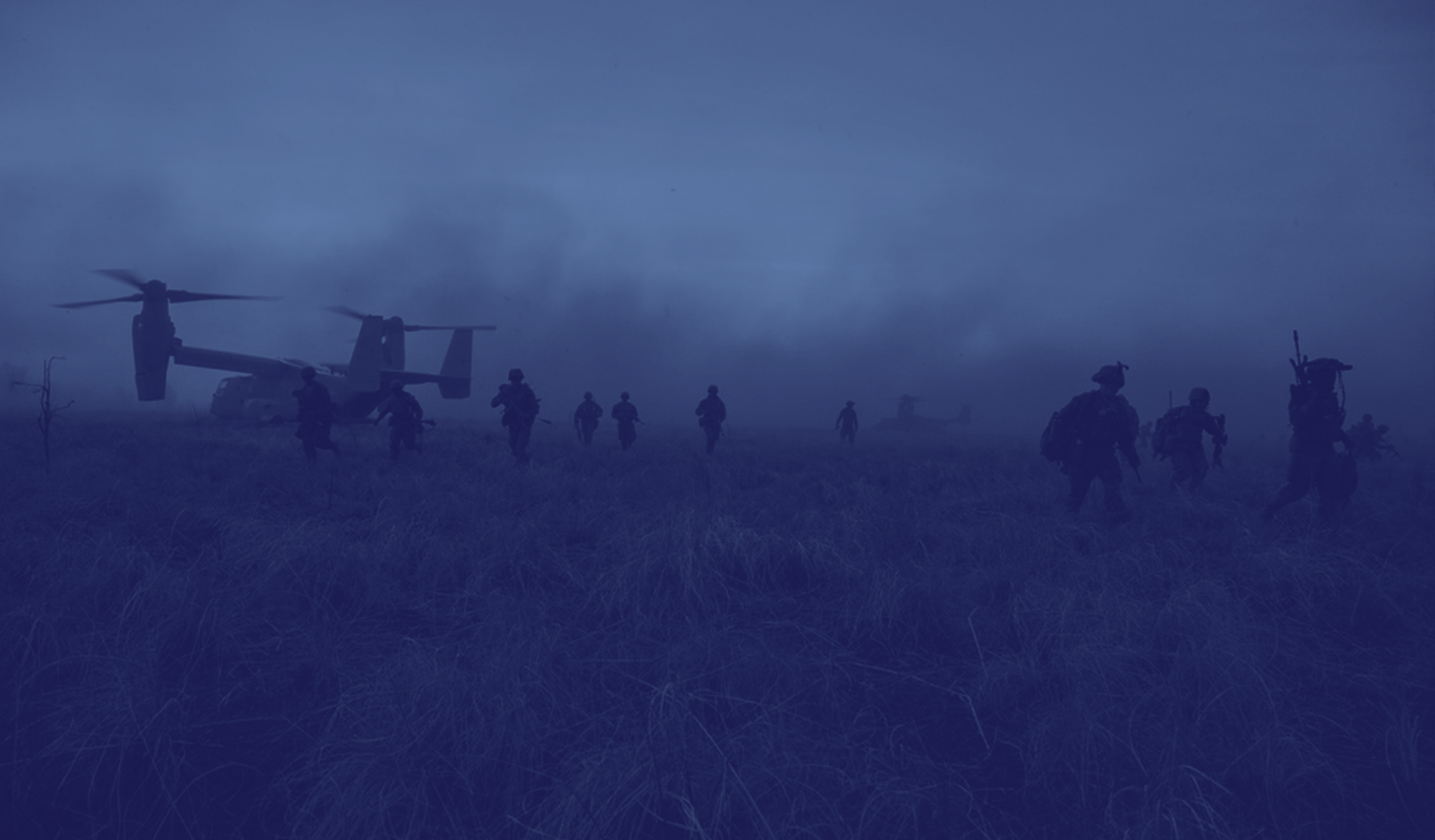|
Online pictures are available for 30 days |
Attending the course for Marines in military occupational specialties requiring “jump wings” can be compared to a college football player getting a job in the National Football League. Not everybody will get the chance to go, and for those who go, it isn’t guaranteed they will make it through the rigorous program.
After attending the U.S. Army Basic Airborne Course in Ft. Benning, Ga., a physically demanding 3-week crash course focused on the art of jumping out of a C-17 Globemaster, Marines serving in specific MOS’s can earn the Navy and Marine Corps Parachutist Insignia, indicating a Marine or sailor completed a minimum of five additional static-line jumps. If a Marine is in a billet or job requiring them to freefall out of an airplane, then they may have the opportunity to attend the HALO and High Altitude, High Opening parachutist courses.
Unless a Marine is “Ricky Recon” (amphibious reconnaissance), a landing support specialist (Samuel’s MOS), or attached to one of the Corps’ Air Naval Gun Liaison Companies they will never likely get the chance to attend the HALO course due to the limited school seats that are reserved for those MOS’s that absolutely require the course.
Samuel, now a staff sergeant, was extremely honored when in August 2008, she was put in the position to become the first female Marine to become HALO qualified, and it is obviously an accomplishment she is proud of.
“It’s actually the highest title I carry, and I carry it proudly,” she explained.
Her destined rendezvous with the HALO course came to fruition when she became an instructor at the Parachute Rigger Course in Ft. Lee, Va., where she taught our nation’s future military parachute riggers from October 2006 January 2010. Her students’ future responsibilities would be to insure that all parachutes are safely packed for use in real-time operations and training throughout all branches of the U.S. military.
She explained that becoming HALO qualified was required for her to teach a follow-on portion of the course all Marines are required to attend after they complete the standard curriculum taught by the school. During this course Marines learn how to pack more advanced, steerable parachutes used on advanced freefall jumps requiring a more advanced parachutist to teach the skills.
Not many Marines get to make such a prominent mark in history. Throughout Marine Corps Recruit Training, recruits are introduced to famous Marines who accomplished amazing feats, and who were the first to walk along an untraveled path. Samuel may not be Opha Mae Johnson, the first female Marine, but she has certainly made a huge impact on the Marine Corps’ airborne community.
And the pressure of being the first, made failure inconceivable.
“The pressure of knowing you’re the first one makes you know you have to do it you have to pass,” she said. “It was exciting knowing that I didn’t follow in somebody else’s foot steps. I made the foot steps.”
She hopes her accomplishment will open up the door for future females who wish to attend the course.
“Will it open the door for females going hopefully it will,” she stated.
Master Sgt. John Abney, a 20-year veteran of the Marine Corps and long -time member of the Corps’ airborne community explained Samuel’s achievement does several important things for the Corps and the airborne MOS’s.
“There are no limits since we started the wars in Afghanistan and in Iraq,” said Abney, who has over 400 static-line and free-fall jumps. “It’s asymmetrical there’s no front and rear anymore. Females have played a pivotal role; this just proves there is no limit to the potential roles they can and will play in our future success.”
Her groundbreaking milestone is proof that females can be successful in filling roles traditionally held by males. Abney also believes this could help improve airborne MOS’s by making them better-rounded.
“It gives the community more diversity and flexibility,” he continued. “You can now spread the responsibilities around so you’re not looking for males to be subject matter experts.”
Both Samuel and Abney agree the HALO course is much more challenging than the basic airborne course, stating the HALO course is a lot more physically and mentally challenging. The course requires servicmembers to learn a lot about their bodies and become familiar with the affects free falling through the sky at 120 mph has on it.
“We all know we have feet, hands, arms and legs it’s different to have to know where they are while you’re free falling,” Samuel said. “It was a challenge that was well worth it.”
“That’s not an easy school,” exclaimed Abney. “If you’re willing to go down there and deal with the challenge and pass the school, I have a lot of respect for you. I tell you this they don’t cut corners for you if you are a female.”


